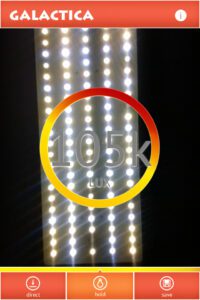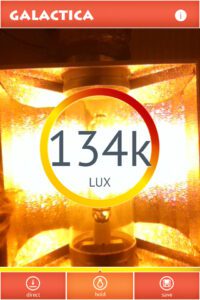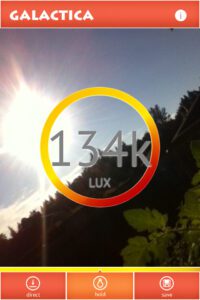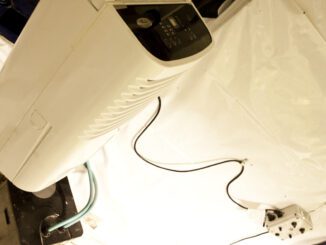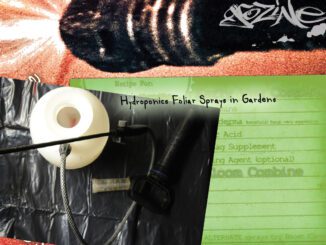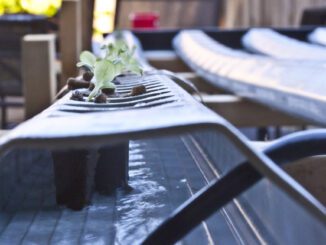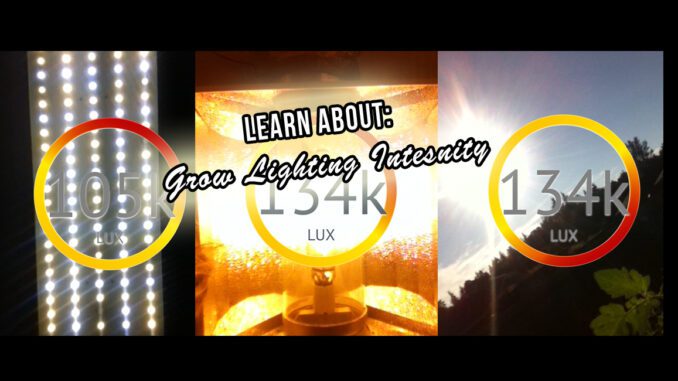
Learn Grow Lighting Basics
Grow Lighting Intensity: What You REALLY Need to Understand
Learn Grow Lighting Basics.
[quote]However, measuring Lumens/Lux is an important tool you can use, especially when you combine the lighting basics chart we will give you below with the free app we linked above.[/quote]
Sometimes even the Pro benefit from taking a step back and re-examining the basics. To Learn Grow Lighting Basics is essential material for the new or budding indoor grower or greenhouse grower using artificial light to help grow their plants or crop. There are different types of plant grow light sources, all of them have their own operating characteristics, advantages and limitations. The most common types of grow lighting you’ll hear about are:
- HPS (high pressure sodium)
- MH (metal halide)
- T-5 (fluorescent lighting)
- LED (light emitting diodes)
- LEP (light emitting plasma)
- Induction
It’s not within the scope of this discussion to talk about all of these, or which one might be better in which situation, etc. Rather, let’s talk about the nature of light itself, as it relates to growing crops.
For plants to grow (photosynthesis), light is a critical factor. The basic photosynthetic equation is as follows:
| LIGHT | + | Carbon Dioxide, from air) | + | Water and Minerals | = GLUCOSE (basic sugar, what plant manufacture to support their functions)
How People See Light
For human vision we design lighting levels with two distinct kinds of lumen output. The first is called Photopic or Design Lumens, which represents the relative sensitivity of the eye under intense lighting such as daytime cloudless outdoor sun conditions. Photopic lumen output is registered by the cones in the human eye and is measured in Lumen, Lux and Foot Candles.
The second type of lumens are called Scotopic, which represent the sensitivity of the eye under typical interior or night lighting conditions and cannot be measured directly with a standard light meter. Scotopic lumen output is registered by the rods of the human eye and also controls pupil size directly effecting visual acuity for given task levels.
Standard Units of Measurement for Vision
When taking into account the standard photometric measurements of light for human vision the system of units we measure would be the LUMENS which measures the total amount of light emitted from a source.
This light is then distributed over an area and the illuminated area is measured in LUX. LUX is measurement of intensity as percieved by the human eye. It is a way of measuring how many LUMENS fall within a square meter of an illuminated surface.
The difference between the LUX and the LUMEN is that a LUX measures the area over which the LUMEN is distributed. These levels are inversely proportional to the area being lit. The larger the area the lower the intesity of the LUX levels. For example a reading of 1000 LUMENS would correlate to 1000 LUX at a 1 meter area however the LUX illumination levels would fall to 100 LUX over a 10 meter area.
In the United States you’ll often hear light measurements in FOOTCANDLES. This term is used alot in construction related projects and by engineers who deal with US Standards of measurement. LUX and FOOTCANDLES are different units of the same quantity in that FOOTCANDLE will measure the amount of LUMEN PER SQUARE FOOT whereas LUX measures the LUMENS PER SQUARE METER. Other then in the United States you will not usually hear light measured in FOOT CANDLES.
Since all light is emitted in wavelengths, and we know that the human eye can see certain wavelengths better then others, with the peak being measured @ 555 nanometers, we can now determine a given lamps source LUMENS PER WATT.
The LPW measurement adjusts for the spectral wavelengths the lamp produces. So when determining a task level of illumination for human eyesight, we can decide which lamp will best suit the task for the least amount of wattage, with factored depreciation, and how important the color, as measured in the CRI, to best match the task.
From Inda-Gro.com
Light Intensity VS Spectrum: Important Stuff
Below we have an example of hand held light meter readings from THREE different sources of artificial grow lighting: LED, HPS and Sunlight. We use a FREE App that is available so we can accurately gauge the intensity of light we are delivering to our crops. Plants will require different light intensities at different times in their development. This helps plants from getting stressed and also helps to keep your electricity bill down when managed efficiently by smart growers.
The color or “quality” of the light your plants get has a big influence on how they develop. For example, flowering plants tend to do better with more “Red” in the spectrum, while younger vegetative plants tend to prefer to have less Red and more “Blue” in the bandwidths.
The light meter we use is Lux/Lumens meter. We can’t measure any changes in color with this; just intensity in one of the bandwidths. This is perfectly fine when comparing relative apples to apples, in this case one HPS grow lamp to another. If we were looking for very slight differences from one HPS lamp to another we would want to examine things in terms spectrum. A LUX/Lumen meter is measuring in only one bandwidth for intensity, more in tune with what the human eye wants rather than plant lighting.
However, measuring Lumens/Lux is an important tool you can use, especially when you combine the lighting basics chart we will give you below with the free app we linked above.
A Very Important Lesson
Notice in the two readouts below that the intensity readings between a 1000W HPS lamp running at 100% output two feet away in an air-cooled fixture is nearly identical to our natural light reading on a sunny summer morning? Does that mean they have the same ability to grow plants? Absolutely not in the short run, but in the long run…perhaps!
The HPS light source has loads of yellow and orange spectrum; more than the plant wants or needs, it also lacks in areas like blue or far red. So by all accounts a plant in a grow room versus a plant outside would not do as well, right?
Not necessarily.
That’s because INDOORS, growers can set a time and don’t have cloudy days, or rain, or shorter days in winter time. Rather, they can have the perfect day length and an intense source of grow lighting for as long or as little as they want for their crop-100% control. Add up the perfect indoor days in three months and in the long haul they tend to equal or surpass the fewer, but more optimal days the plants may have outside in natural conditions with sunlight. Millions of indoor gardeners have learned this to be true-it’s kind of like the tortoise and the hare; slow and steady can win the race.
Our Indoor Lighting Guideline for High Light Crops with Common Grow Lighting Sources:
Cuttings/Seedlings: 900-1200 Lumens Full Spectrum T-5
Pre-Veg: 1200-1800 Lumens Full Spectrum T-5
Veg: 2000-3200 Lumens MH Lighting
Early Flower: 4500 Lumens MH Lighting
Flowering, Fruiting: 4500-7500 Lumens HPS Lighting
*a reading of 1000 LUMENS would correlate to 1000 LUX at a 1 meter area however the LUX illumination levels would fall to 100 LUX over a 10 meter area.
| For a BASIC understanding for our purposes here, 500 k Lux is akin to 5000 Lumens |
